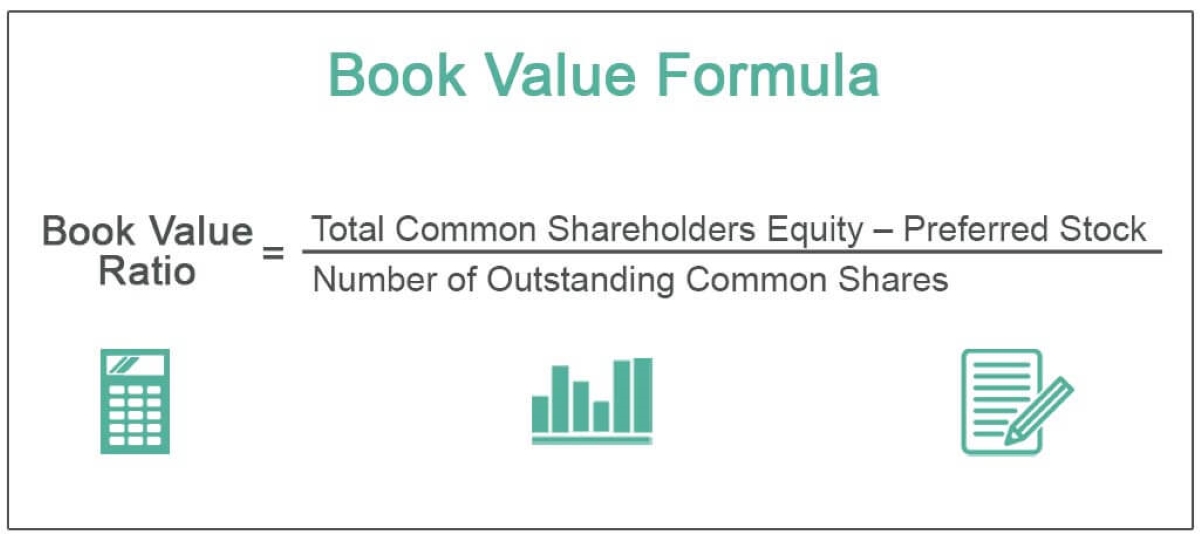Home>Finance>Net Current Asset Value Per Share (NCAVPS): Definition & Formula


Finance
Net Current Asset Value Per Share (NCAVPS): Definition & Formula
Published: December 29, 2023
Learn about Net Current Asset Value Per Share (NCAVPS) in finance, its definition and formula. Discover how to calculate NCAVPS and its significance.
(Many of the links in this article redirect to a specific reviewed product. Your purchase of these products through affiliate links helps to generate commission for LiveWell, at no extra cost. Learn more)
Net Current Asset Value Per Share (NCAVPS): Definition & Formula
Are you familiar with the concept of Net Current Asset Value Per Share (NCAVPS)? If you’re interested in finance and investment, it’s a valuable metric to understand. In this blog post, we’ll dive into what NCAVPS is, how it’s calculated, and why it matters to investors. By the end of this article, you’ll have a solid understanding of NCAVPS and how it can benefit your financial decision-making.
Key Takeaways:
- NCAVPS is a financial equation used to determine the intrinsic value of a company’s stock.
- Investors use NCAVPS to identify undervalued stocks that may have the potential for high returns.
What is Net Current Asset Value Per Share (NCAVPS)?
Net Current Asset Value Per Share (NCAVPS) is a financial ratio that measures the value of a company’s assets after subtracting its total liabilities. It’s a formula used to gauge the intrinsic value of a company’s stock and is often referred to as a deep value investing metric. NCAVPS helps investors identify stocks that may be trading below their true worth.
How is NCAVPS Calculated?
The formula to calculate NCAVPS is straightforward:
NCAVPS = (Current Assets – Total Liabilities) / Total Shares Outstanding
In this equation:
- Current Assets include cash, accounts receivable, inventory, and other assets that are expected to be converted into cash within a year.
- Total Liabilities represent the company’s outstanding debts and obligations.
- Total Shares Outstanding refers to the total number of shares issued by the company.
By dividing the difference between current assets and total liabilities by the number of outstanding shares, you arrive at the NCAVPS figure, which indicates the approximate value of the company’s stock.
Why Does NCAVPS Matter for Investors?
As an investor, a company’s NCAVPS can be a useful tool in identifying potential investment opportunities. Here’s why:
- Undervalued Stocks: Stocks with an NCAVPS higher than the market price per share indicate that the stock may be undervalued. Investors can consider buying these stocks at a lower price, potentially reaping high returns when the market realizes the company’s true value.
- Margin of Safety: NCAVPS provides a margin of safety for investors, as it focuses on the value of a company’s tangible assets. Even if a company’s future earnings potential is uncertain, investing in stocks with a higher NCAVPS offers a safety cushion since the assets could potentially be liquidated to cover the liabilities.
By analyzing a company’s NCAVPS, investors can uncover hidden gems in the stock market and find opportunities that the market may have overlooked. However, it’s essential to remember that NCAVPS is just one financial metric to consider. Comprehensive research and analysis are crucial before making any investment decisions.
Now that you have a solid understanding of Net Current Asset Value Per Share (NCAVPS) and its importance, you can consider utilizing this powerful metric in your investment strategy. Happy investing!














